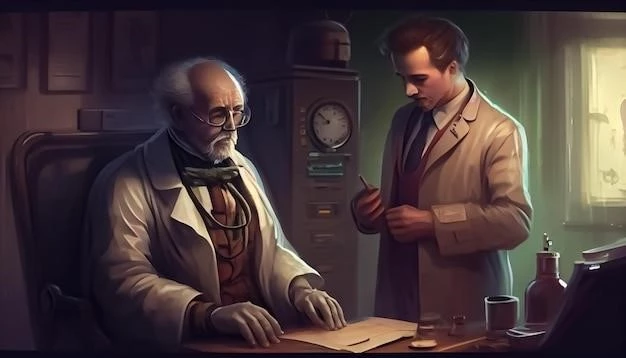Overview of Poikiloderma of Rothmund-Thomson
Congenital poikiloderma, known as Rothmund-Thomson syndrome, is a rare genodermatosis of autosomal recessive inheritance. It is characterized by early-onset poikiloderma.
Congenital poikiloderma, also known as Rothmund-Thomson syndrome (RTS), is a rare genodermatosis of autosomal recessive inheritance characterized by a typical erythema facial (poikiloderma) of early-onset, associated with different clinical features including short stature, sparse scalp hair, absent or sparse eyelashes and/or eyebrows, juvenile cataracts, skeletal abnormalities, and a predisposition to cancer.
Definition and Characteristics
Learn about the rare genetic condition called Rothmund-Thomson syndrome, which presents early with a distinct facial rash known as poikiloderma.
Autosomal Recessive Inheritance
Autosomal recessive inheritance means that both parents of an individual with Rothmund-Thomson syndrome are carriers of the gene mutations. Understanding this inheritance pattern is crucial for genetic counseling and family planning.
Clinical Features and Symptoms
Individuals with Poikiloderma of Rothmund-Thomson often present with distinct facial rash (poikiloderma), sparse hair, eyelashes, and eyebrows, along with various skeletal abnormalities. Timely diagnosis is essential.
Rash and Poikiloderma
Individuals with Poikiloderma of Rothmund-Thomson often present with a unique facial rash known as poikiloderma, which is characterized by a combination of atrophy, telangiectasia, and pigment changes. Timely recognition of this rash is crucial for early diagnosis.

Diagnosis and Differential Diagnosis
Diagnosing Poikiloderma of Rothmund-Thomson involves recognizing the unique facial rash and associated features. Differential diagnosis includes other genetic and dermatological conditions.
Distinguishing Poikiloderma of Rothmund-Thomson
The unique facial rash (poikiloderma) associated with Poikiloderma of Rothmund-Thomson sets it apart from other conditions. Understanding the distinct features aids in accurate diagnosis and appropriate management strategies.

Management and Treatment Approaches
Understanding the unique features of Poikiloderma of Rothmund-Thomson is crucial in developing appropriate management strategies. Consult with dermatologists and genetic specialists for tailored care.
Multidisciplinary Care for Patients
Managing Poikiloderma of Rothmund-Thomson requires a collaborative approach involving dermatologists, genetic specialists, and other healthcare professionals. This multidisciplinary care ensures comprehensive evaluation and tailored treatment plans to address the varied aspects of this rare condition.
Prognosis and Complications
Understanding the potential risks of osteosarcoma and skin cancer is crucial in managing Poikiloderma of Rothmund-Thomson. Regular monitoring and appropriate interventions can help mitigate these complications.
Increased Risk of Osteosarcoma and Skin Cancer
Individuals with Poikiloderma of Rothmund-Thomson are at higher risk of developing osteosarcoma during childhood and skin cancer later in life. Regular monitoring and timely intervention are essential to manage these potential complications effectively.
Research and Advances in Understanding
Stay informed about the latest research on Poikiloderma of Rothmund-Thomson to better understand the underlying causes and potential treatment developments. Knowledge empowers individuals and healthcare providers.
Current Efforts in Investigating the Etiology
Researchers are currently investigating the etiology of Poikiloderma of Rothmund-Thomson, aiming to unravel the underlying causes of this rare genetic condition. Stay informed about these ongoing efforts to enhance understanding and potentially pave the way for novel therapeutic approaches in the future.
Support Resources for Individuals and Families
Access valuable resources and information about Poikiloderma of Rothmund-Thomson through rare disease organizations and specialists. Seek support for managing the condition effectively.
Access to Rare Disease Information and Assistance
Obtain comprehensive information and valuable assistance regarding Poikiloderma of Rothmund-Thomson from rare disease organizations and genetic specialists. Utilize these resources to better understand the condition and access support when needed.
